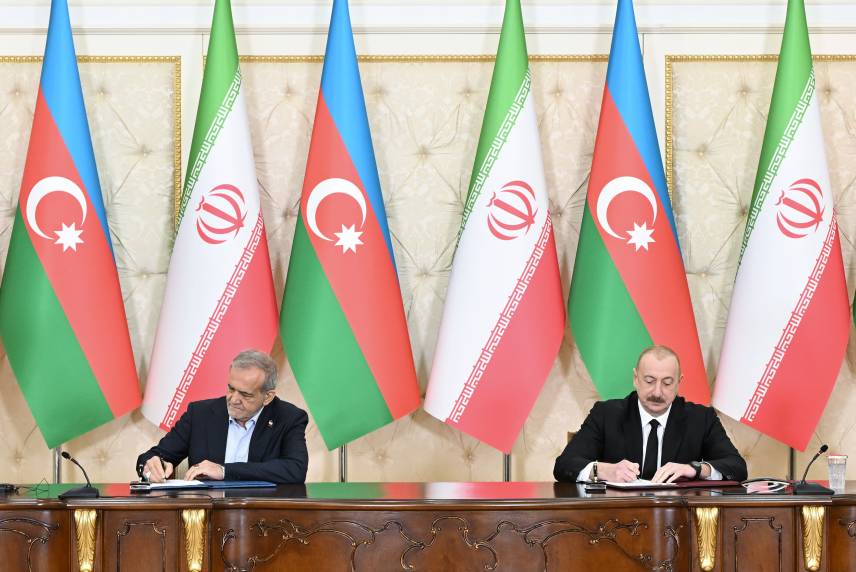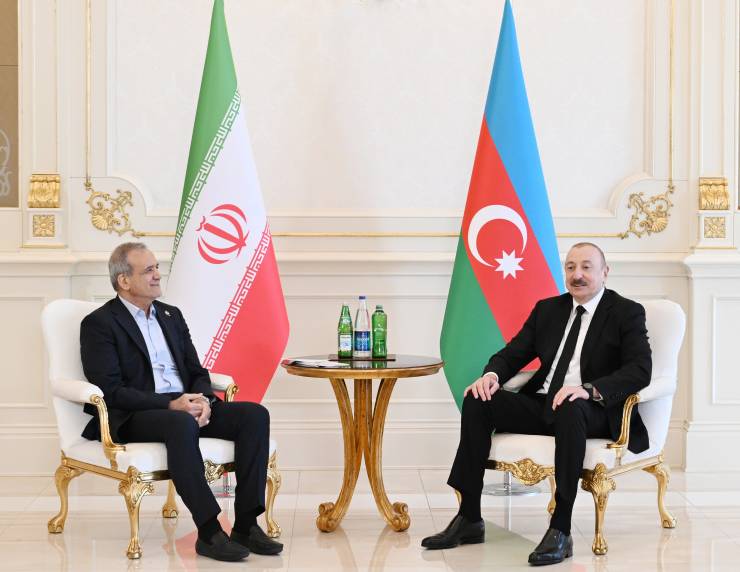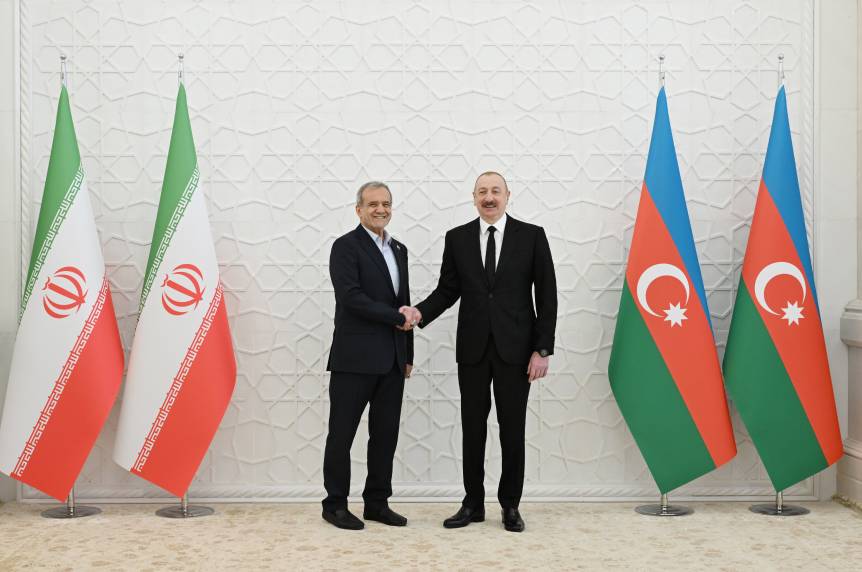18:40
Hurriyet Daily News: The Khojaly Massacre and the ‘Armenian Genocide’
24 апреля 2011, 20:00Hurriyet Daily News
Sunday, April 24, 2011
C. CEM OĞUZ
Have you ever, dear readers, heard of the Khojaly massacre of February 25-26, 1992? Or do you have any idea where on earth Khojaly might be?
Khojaly was a small village with a population of approximately 2,000 people in Nagorno-Karabakh, the disputed enclave between Azerbaijan and Armenia. After the immigration wave at the start of 1990, nevertheless, its population increased to almost 6,000. First came the Meskhetian Turks who were deported during the World War II to Central Asia by the Soviet dictator Joseph Stalin, and then Azeri families which were sent packing from Hankendi (Stepanakert) by the Armenians.
It only became a city in 1990. It was also poor; its inhabitants eked out their living from agriculture and cattle breeding. It had, nevertheless, strategic importance. The only airport in Karabakh was in Khojaly. Also, the road that connected Karabakh to Armenia passed through Khojaly. Hence, the fall of Khojaly meant that a pathway was open to seize the surrounding lands.
The first assault on Khojaly was executed in September 1988. Up until 1991, Azeri-populated villages in Karabakh such as Cemilli, Meşeli and Karadağlı were invaded one by one by Armenians. Khojaly was the only one left and a war of attrition that would go on for months began. The situation was so serious that food could only be brought into town by helicopters from Ganja.
Finally, through the night on Feb. 25, 1992, and into the next day, Armenian armed forces, backed up by the 366th Regiment of the Soviet 4th Army, stormed into the town. Heavy clashes ensued between the two sides, around the airport in particular.
Not long after, it became impossible for Azeris to stay in the city. The civilian inhabitants of Khojaly, numbering about 2500 innocent people, gathered around the creek on a cold and snowy night. They planned to head for the hills and attempt to hide their trail in the woods. But the Armenian armed forces, who could not stand having them live in the city did not want them to run either. What happened afterwards is a total massacre.
That night, a fierce manhunt ensued in the woods. 613 people from Khojaly were killed violently; 106 of them women, 63 of them children and 70 of them elderly. More than 150 people are still missing today. More importantly, among the women killed by Armenian forces there were a few of Armenian origin who were tortured more brutally, because they dared to marry a “Turk” or “Muslim.” (Isn’t it paradoxical that I receive messages from secret Armenian organizations threatening me because of my “hatred for Armenians”? Seeking, or telling the truth, is not “hatred.” As a matter of fact, during my childhood my best friend was a Turkish Armenian.)
And do you know the names of the people that commanded the Armenian forces? Robert Kocharian, the ex-president of Armenia; Serge Sargsian, the current president of Armenia; and Seyran Ohanian, the current defense minister of Armenia – they were all there. The late Monte Melkonian, a member of the Armenian Secret Army for the Liberation of Armenia, or ASALA, which killed more than 40 Turkish diplomats worldwide in the 1970s and early 1980s. (The Armenian propaganda machine still tries to portray the massacre as the outcome of “civil strife” among the Azeris themselves, but it is recognized by such independent organizations as Human Rights Watch or the Memorial. More importantly, Mr. Sargsian himself, for instance, acknowledged the role they played in the massacre during the interview he gave to Thomas de Waal for his book titled “Black Garden”).
Now, 20 years later, for my documentary titled “The Refugee: The long Journey of Anar Usubov,” I interviewed those Khojaly residents who somehow managed to survive the massacre. I interviewed women who were raped, children who were sexually abused and men and elders who were severely tortured, mothers who would have preferred their dear children had died than to see them tortured before their eyes, and fathers who still console themselves with the pictures of their lost sons.
As a person who knows history, I can tell you that the Khojaly massacre was no different than the Van massacre that led the Ottoman government to take the decision in 1915 to deport, or relocate, the Armenian population.
Despite this, however, I wholeheartedly believe that the Turks must reconcile with their history. They must openly discuss the dark pages of their past. They must not turn their backs on the tragedy the Armenians had to face during the deportation. They must acknowledge their responsibility and must express their sorrow for them.
But the same is valid for the Armenians, too! For instance, I am ready to make a documentary telling the plight of those Armenians who suffered during the deportation or about the atrocities committed by Azeris. But is anyone in Armenia ready to make the documentary about the Van massacre of 1915 or Khojaly massacre of 1992?
If not, there will never ever be a healthy normalization of relations between the three countries.
Link to article
18:40
15:11
15:05

13:45

12:48

12:45

10:08
Уважаемые участники конференции!
Сегодняшний день знаменует важную веху для Глобального Юга. Представители более 100 авторитетных...
28 апреля 2025, 10:0816:50
Уважаемый господин Президент.
Крайне опечалены известием о гибели людей и многочисленных пострадавших в результате взрыва в порту Шахид Раджаи...
27 апреля 2025, 16:5010:47
Уважаемый господин Президент,
От своего имени и от имени народа Азербайджана передаю Вам и в Вашем лице всему Вашему народу самые искренние...
27 апреля 2025, 10:4710:45
Уважаемый господин Президент,
От своего имени и от имени народа Азербайджана сердечно поздравляю Вас и в Вашем лице весь Ваш народ с...
27 апреля 2025, 10:4513:00
26 апреля Президент Республики Узбекистан Шавкат Мирзиёев позвонил Президенту Азербайджанской Республики Ильхаму Алиеву.
Главы государств...
26 апреля 2025, 13:0012:55
